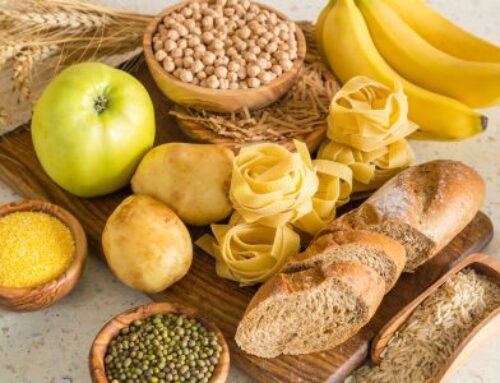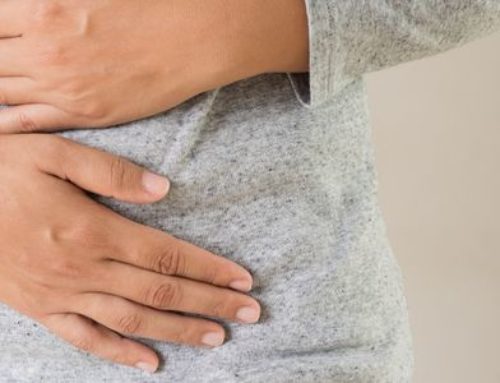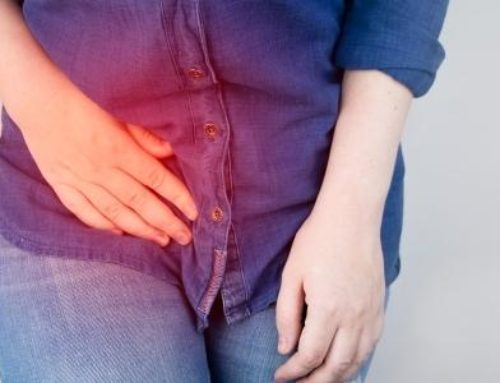
Food is generally linked to the onset of gut symptoms. It is common for us to think back to the food we last put in our mouth. Or to question whether the chicken was a little pink, or the last time we ate gluten. While firm evidence links some food components to triggering gut symptoms like: bloating, nausea, wind, and irregular bowels – it’s not as simple as just assuming it is FODMAP (or gluten) related.
Fermentable Oligosaccharides Disaccharides Monosaccharides and Polyols (aka FODMAPs) are a group of carbohydrates that are linked to triggering gut symptoms in some people. Investigating symptoms through the FODMAP process in a systematic manner that firstly requires support from a qualified dietitian and secondly, takes time. Identifying foods that cause symptoms does not happen over night, it takes weeks. The FODMAP journey is comprised of two phases. The first phase is a trial phase, where you trial a low FODMAP diet to see what happens. Depending on how you feel after the trial, you would then move onto the second phase of re-challenging foods or investigating a different pathway altogether.
While FODMAP’s may have worked for a friend or colleague, it may not necessarily work for you! For this reason, it is important to seek help from a dietitian to firstly investigate other potential dietary triggers that maybe causing your symptoms, before you set out on a lengthy FODMAP journey.
Inadequate Fibre Intake
Fibre intake is an important factor when it comes to investigating gut symptoms. Too little fibre or too much fibre can cause: loose stools, constipation, bloating, abdominal cramping and wind. While it is recommended that the average Australian adult consumes 25-30g of fibre per day, fibre tolerance varies from person to person. It is helpful to know that not all fibre is the same. Some fibres are soluble (meaning they dissolve in water and help push digested food down the gastrointestinal tract) or insoluble (meaning they do not dissolve in water, instead helping to provide bulk). Understanding how much total fibre you are consuming in a day and the type of fibre is important in investigating gut symptoms.
Unsure if you’re eating enough fibre? Go through this checklist:
- Have you eaten at least 5 serves of vegetables today?
- Have you eaten two pieces of fruit today?
- Have you eaten any whole grains or legumes today?
If you have answered no to 2 out of the 3 questions above, it might be useful to see a dietitian to ensure you are eating enough fibre in your diet. For more information about fibre click here.
Fat
Fat is another factor to consider. High fat consumption has been linked to: indigestion, abdominal pain, bloating and diarrhoea. When you think of fatty foods, often you think of burgers, hot chips and heavily processed foods. However, we often forget to consider how much of the ‘good’ fats we are eating on a daily basis. While it is recommended that you base your diet around ‘good’ unsaturated sources of fat, having too much of the ‘good’ or ‘bad’ fats can result in gut symptoms.
Think you might be eating too much fat? Go through this checklist:
- Write down all the foods you ate yesterday.
- Go through and highlight all sources of fat, for example:
- Cooking oils
- Spreads
- Nuts and seeds
- Oily fish
- Meat with visible fat
- Processed foods
- Takeaway foods
If your page is mostly highlighted, it would be useful to talk to a dietitian to find out more information about how you can lower your fat intake with other healthy food swaps. For more information about fat types click here.
Caffeine
Caffeine intake can commonly be associated with: loose stools, abdominal pain and even bloating. Research suggests the effects of caffeine on the gastrointestinal tract causes greater motility, meaning it can speed up the transit time of food and waste through the digestive tract. While it is still uncertain exactly how caffeine causes these symptoms, it is often recommended to reduce caffeine intake.
Think that caffeine may be an issue? Go through this checklist:
- Sometimes it can be quite easy to forget how many coffees’, teas and/or energy drinks we are having in a day, especially when at work! It might be helpful to keep a beverage journal.
- By the end of the day you will be able to count how many caffeinated beverages you consumed. Repeat this a few times during the week.
If you find that you’re consuming multiple caffeinated beverages a day, it may be useful to talk to a dietitian. They can look at how your meals are distributed and how to best optimize energy through whole foods.
If you’re suffering from digestive discomfort, our dietitian’s can help you devise a plan of action and guide you through the process in a way that suits your life.
Read more about our clinics below:



